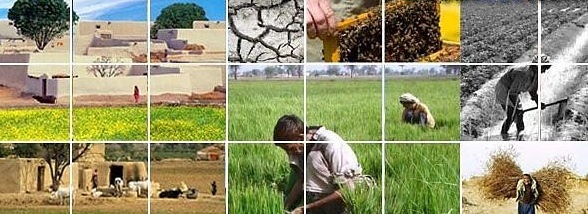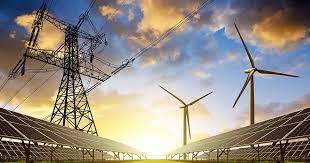Pakistan agricultural sector plays a central role in the economy as it accounts for 18.9 percent of the country’s GDP and employs 42.3% of the workforce, higher than all other sectors. The sector also supports other related industries such as textiles, sugar, tractor manufacturing, fertilizers, etc. through strong forward and backward linkages. High productivity in the agriculture sector promotes trade and commerce as most of the farmers fall into the low or lower-middle-income group with a modest propensity to consume.
Pakistan Agricultural sector is the backbone of the country’s economy but the development of agriculture in Pakistan is facing many problems. Pakistan agricultural sector is also facing many challenges today. Some of the major difficulties facing Pakistan’s agricultural sector include climate change, population expansion, a lack of financial choices for the industry, high agricultural production, and transportation costs, and a significant reliance of local industry on imported agricultural products. To increase domestic agricultural production, preserve valuable foreign reserves, and ensure food security, Pakistan must find practical solutions to the problems plaguing its farmers.
Pakistan Agriculture Sector Challenges and Solutions for Growth:
The following issues why are Pakistan agriculture sector is not able to contribute more to Pakistan’s GDP.
Table of Contents
Soil exhaustion:

Soil exhaustion occurs when the soil reaches a point where it can no longer support plant life. For thousands of years, the soil of Pakistan has been used to grow crops without much concern for its replenishment. Maintaining a healthy balance of nutrients and suitable soil is what allows plants to have the nourishment required for growth but improper handling leads to a poor soil chemical profile. This has led to soil erosion and depletion, reducing their productivity. Almost all crops have the lowest average yields on the planet. According to estimates, increased use of fertilizers is responsible for about 70 percent of the increase in agricultural production which most of the farmers are unable to pay.
Lack of irrigation infrastructure:
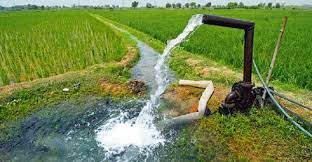
Another major issue for Pakistan agriculture sector growth is the lack of irrigation infrastructure. Just 28% of the cultivable land in Pakistan is suitable for irrigation. This is a result of the inadequate infrastructure and the absence of an effective water management system. Millions of tons of water are dumped into the Arabian Sea without being used which is essential for the farming. The lack of irrigation infrastructure is the major reason for the underdevelopment of Pakistan’s agricultural sector. Major issues with Pakistan’s irrigation system include rigid system design and poor drainage, low delivery efficiency and unequal distribution of water, aquifers, and salinity, and overexploitation of groundwater in fresh areas.
Lack of capital:

Thanks to the development of capitalism in agriculture, farmers are able to use their resources, mainly land and labor, equipment, tools, and natural resources more productively by increasing productivity. The role of investment is becoming more and more important with the development of farm technology. Farmers in Pakistan do not have the upfront capital to effectively increase their crop production, they are still using traditional farming methods. They have to take loans from banks, moneylenders, etc. Only a fewer percentage of farmers have access to an institutional fiancé which affects their productivity.
Non-availability of electricity:
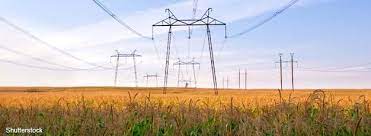
As you know, the energy sector of Pakistan is relatively backward and one of the obstacles in the way of the economic development of the country. Therefore, electricity is the major factor in resisting the decline of Pakistan’s agricultural sector. The crops in Pakistan require a lot of irrigation to flourish because of the country’s intense heat, but because of the non-availability of electricity and there is no irrigation infrastructure, farmers are forced to use tube wells to water their crops. However, they do not have constant access to electricity, and fuel is expensive.
Lack of post-harvest facility:
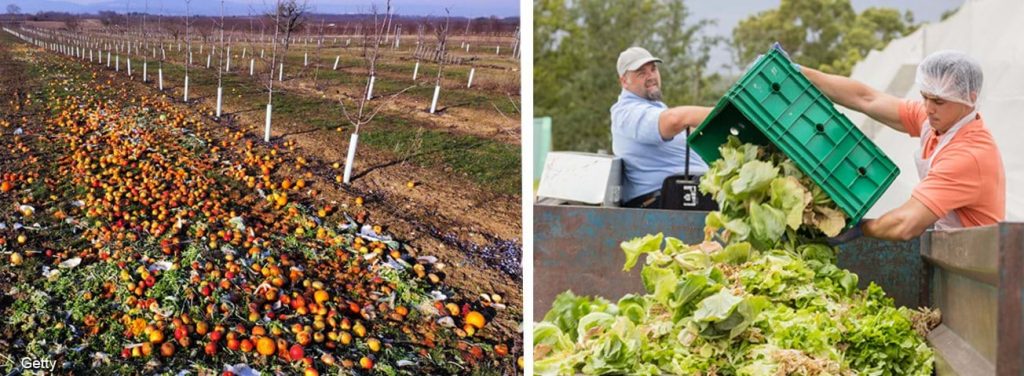
Due to a lack of cold storage and storage facilities, farmers are unable to store agricultural produce for long periods. In this stage, inadequate commercialization of new technologies, a lack of basic infrastructure, inadequate facilities, inadequate infrastructure, and insufficient promotion of processed products are some of the factors that contribute to the post-harvest loss. They are forced to mark things down from what the market would bear. the government is compelled to import more agricultural products during the off-season.
Opportunities for Growth of Pakistan Agricultural Sector:
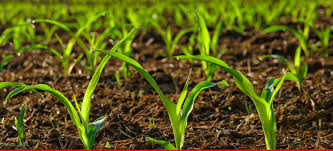
Below are some of the ways in which the State of Pakistan can help solve some of the problems faced by farmers to enable the agricultural sector’s growth.
- The government should invest various in irrigation projects like Kutchi and Jalalpur canals to increase agricultural land in Pakistan.
- Government should facilitate farmers to store near their fields as rural storage centers serve the economic interests of the farming community.
- The government of Pakistan should take a few steps to ensure electricity supply to farmers.
- The government must inform farmers and offer them loans with simple terms so they may buy agricultural equipment.
- Farmers should receive subsidies to encourage the use of fertilizers.

